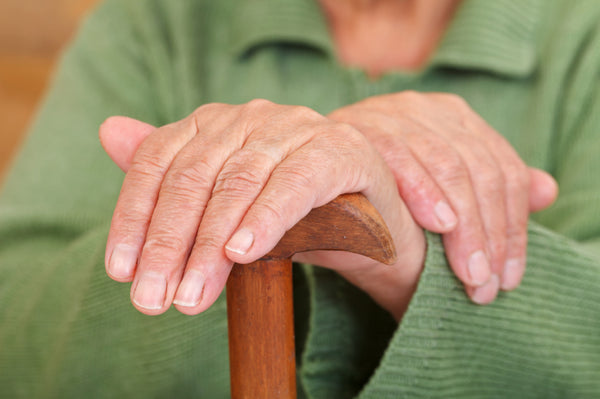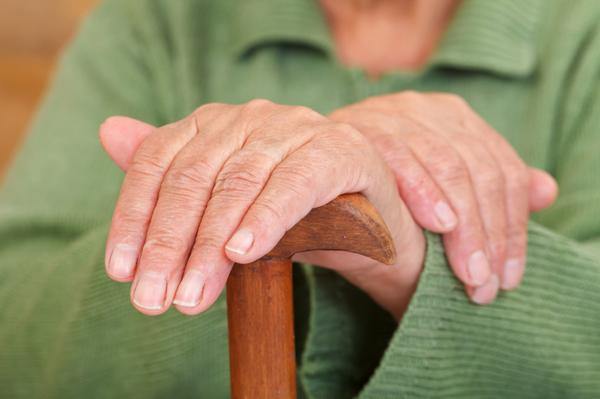
There is a wide range of independent living aids for the elderly.
Those working in the adaptive technology space are constantly developing new equipment, devices, and other aids for independent living.
Today’s growing senior population is more active than ever before, yet it is still important to provide them with assistance as they move through their daily routine. Over time, injuries, illnesses and normal aging can all cause some of a senior’s physical abilities to diminish. Unfortunately, limited mobility not only interferes with a senior’s ability to live independently, but it also places them at risk for injuries.
Although it is frustrating to live with mobility challenges, seniors and their caregivers can take advantage of adaptive products that help seniors meet their needs with greater ease.
Types of Independent Living Aids for the Elderly

I
If there is a problem that a senior may run into during the course of the day, then there is likely a product available that will meet their needs.
For example, some seniors with arthritis find it painful to get in and out of their bed, or someone recovering from abdominal surgery may not be able to sit up without assistance. For these situations, rising beds and chairs can be helpful. Alternatively, a senior who lacks hand strength can use a specially designed cuff to help them hold onto things like cups and toothbrushes.
Handrails alongside bathroom fixtures are another type of adaptive device with which many people are familiar.
Things to Look for in an Adaptive Product
An adaptive product is of little assistance if a senior will not use it regularly. Therefore, it is important to make sure that the product is comfortable and will not cause pain with daily use.

For example, walkers and canes should be the correct height for a senior to use comfortably. Portability is another factor to consider since many products may need to be used away from home.
Products that are flexible or fold up so that they can fit in a day bag are ideal. Along with comfort and portability, it is essential to ensure that assistive products are hygienic, especially if they may be used during parts of the day that include eating, bathing or tooth brushing.
For these types of products, look for latex-free food grade silicone that reduces the chances of allergies and is easy to clean.
Using Independent Living Aids Daily
It is normal for seniors to require some time to adjust when they first start using a new device.
For this reason, it is best to introduce it slowly.
Choosing a relaxed time of day is often the best way to begin working with a new product. Certain types of products, such as devices with a simple design, are also easier to adjust to while others may take more time. As a senior practices using their new assistive device, it is important to be patient and encouraging.
It is always best to expect a little trial and error during the first few weeks, but seniors will typically find that it is worth the effort when they can enjoy greater independence throughout the day.
Growing older may involve encountering a few challenges, but it does not mean having to be dependent upon someone else.
Many common mobility issues found within the senior population can be remedied by using special devices that make daily living tasks easier. Knowing about the different types of products that are available and how to use them is just the best way for seniors to enjoy greater independence throughout their golden years.
EazyHold offers a collection of comfortable silicone hand straps to assist those challenged by weakened hand grip, arthritis and other disabilities. Visit our blog to learn more, or connect with us on Facebook, Instagram, Pinterest, and Twitter to stay in touch.
© EazyHold

